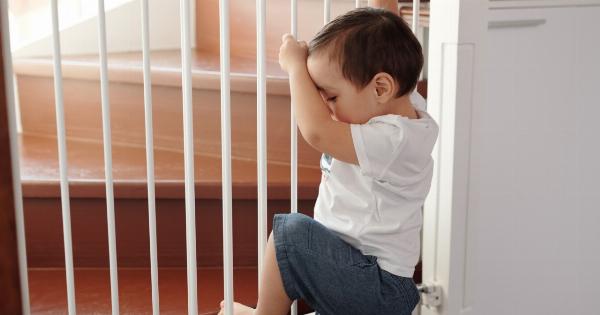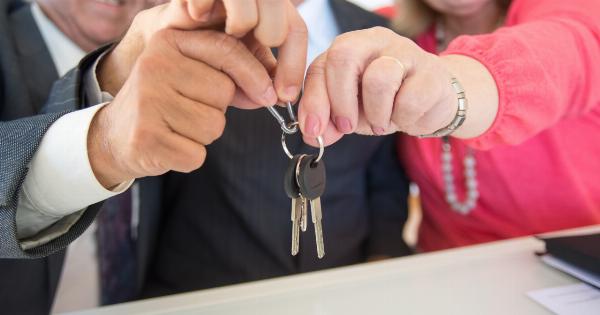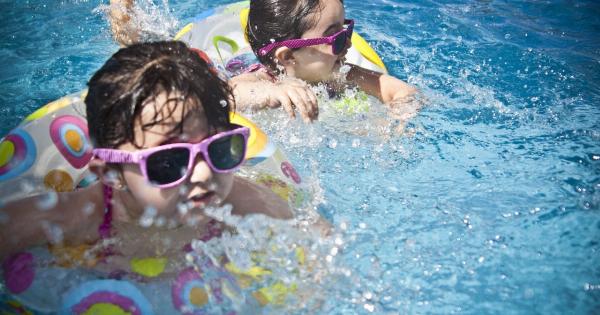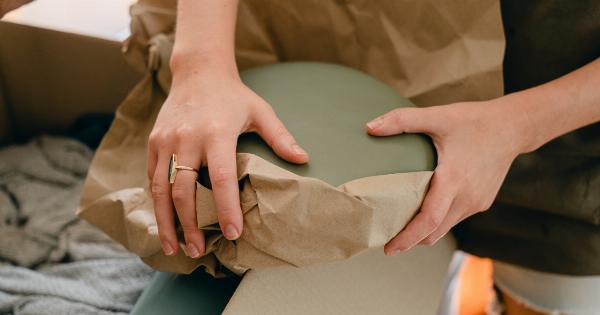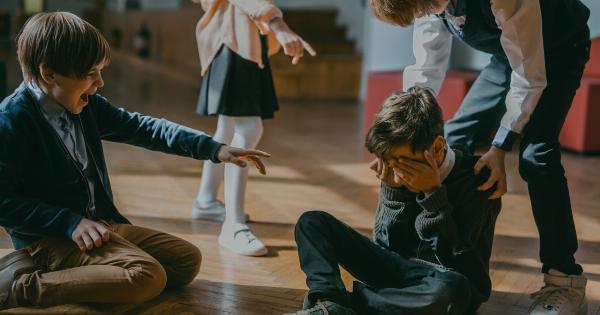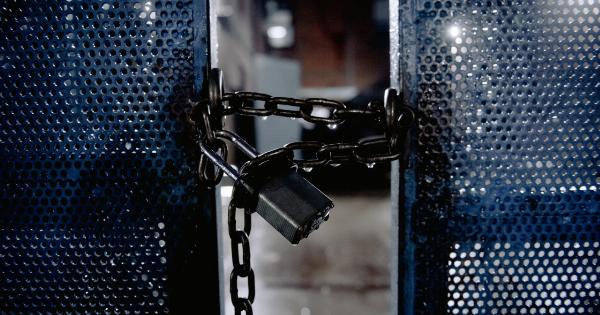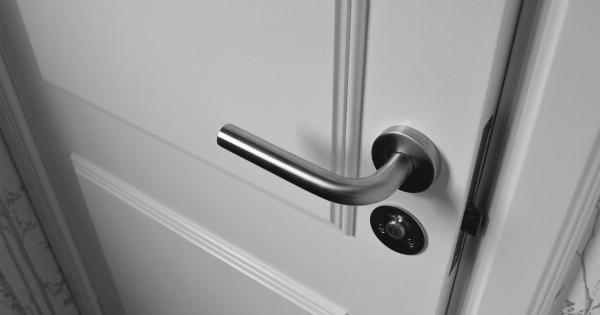As a parent, keeping your children safe is always a top priority, especially when it comes to their home environment. With that in mind, we’ve put together some tips to help you create a safer living space for your kids:.
Secure the Home
The first step to keeping your kids safe is making sure your home is secure. This means installing deadbolts on all exterior doors, securing windows with locks or window stops, and keeping gates locked to prevent unauthorized access.
You should also consider installing a security system that includes alarms, motion sensors, and surveillance cameras to monitor the home and alert you if there is any break-in or unwanted activity. Make sure your kids are aware of these security measures so that they don’t accidentally trigger alarms or cause false alarms.
Child-Proofing Tips
Child-proofing is another key step in keeping your kids safe at home. It’s essential to look around your home from the perspective of a curious and adventurous child and identify potential dangers.
Here are some child-proofing tips to get you started:.
1. Install Safety Gates
Install safety gates to block off any dangerous areas of the home that children may wander into. You can put these gates in front of staircases, kitchens, and bathrooms to keep your child away from hazardous areas.
2. Lock Up Hazardous Materials
Store hazardous materials, including cleaning products, medications, and sharp objects, out of reach and behind locked cabinets or drawers.
Also, make sure that your garbage cans are securely fastened, to prevent children from accidentally ingesting hazardous materials.
3. Cover Electrical Outlets
Cover all electrical outlets in the home with safe covers or switch plates to prevent children from sticking their fingers or toys into them. Make sure that cords to electronics or appliances are not within reach of kids.
4. Secure Furniture and Appliances
Make sure all furniture and appliances are stable, anchored or secured as children tend to climb and could get severely hurt if these items fall on them.
Safe Play Areas
It’s essential to create a safe play area for your kids inside or outside the home.
Choose an area of the house or garden where you can see and hear your children playing, and make sure all play equipment and toys are age-appropriate and in good condition. Here are some tips to help you create a safe play area for your kids:.
1. Consider Installing a Fence
Installing a fence around an outdoor play area will help keep your kids securely inside while also keeping animals or strangers outside of the play area.
2. Keep the Play Area Clean and Tidy
Make sure the play area is clean and free of hazards such as rocks, sharp objects or debris that could be ingested or harm children while playing.
3. Use Safe Play Equipment
Always use safe equipment that is appropriate for your child’s age and development. Inspect the equipment regularly to ensure that it is in good condition, free of rust, loose parts or other safety hazards.
Teach your Kids About Safety
Ultimately, teaching your kids about safety is the best way to keep them safe at home. Here are some safety tips you can teach your kids:.
1. Teach them about fire safety
Teach your children about the importance of smoke detectors, fire extinguishers, and having a fire evacuation plan in place. Make sure they fully understand what to do in the event of a fire, should it occur.
2.Teach them to dial 911 in case of an emergency
Teach your children the emergency number and how to call for help in case of an emergency.
3. Teach them about safety around strangers
Talk to your children about safety around strangers, how to spot and avoid danger, and what to do if they feel unsafe.
4. Teach them about traffic safety
Teach your kids about traffic safety when walking near roads or crossing streets. Ensure that they cross the road only pedestrian-friendly spots, and that they hold your hand when walking on sidewalks or public areas.
5. Ensure that your kids understand boundaries
Teach your children about expectations and boundaries when they are at home or outside playing. Explain why it’s crucial to always stay within safe boundaries, especially without supervision.
Conclusion
By following the tips discussed above and ensuring your kids fully understand how to keep themselves safe, you can create an environment that is safe and secure for your family.
Remember, creating a safe environment for your kids is an ongoing project, so it’s essential to continue to educate yourself and your children on safety and remain vigilant about dangerous situations that may arise.

